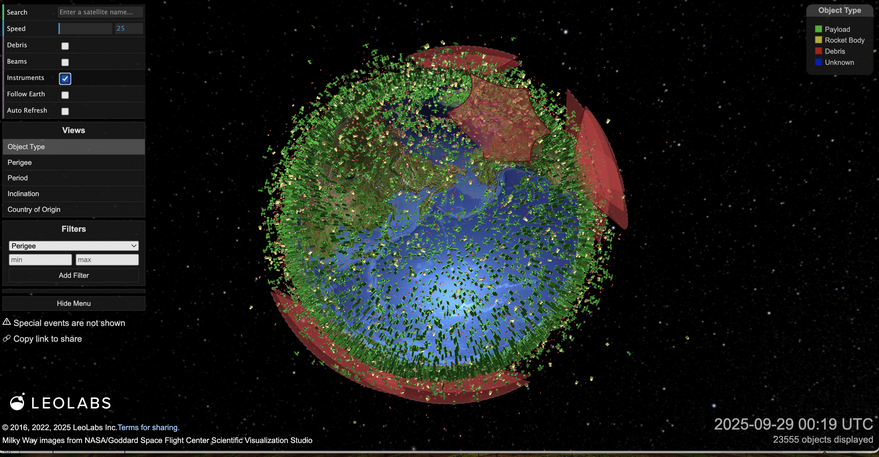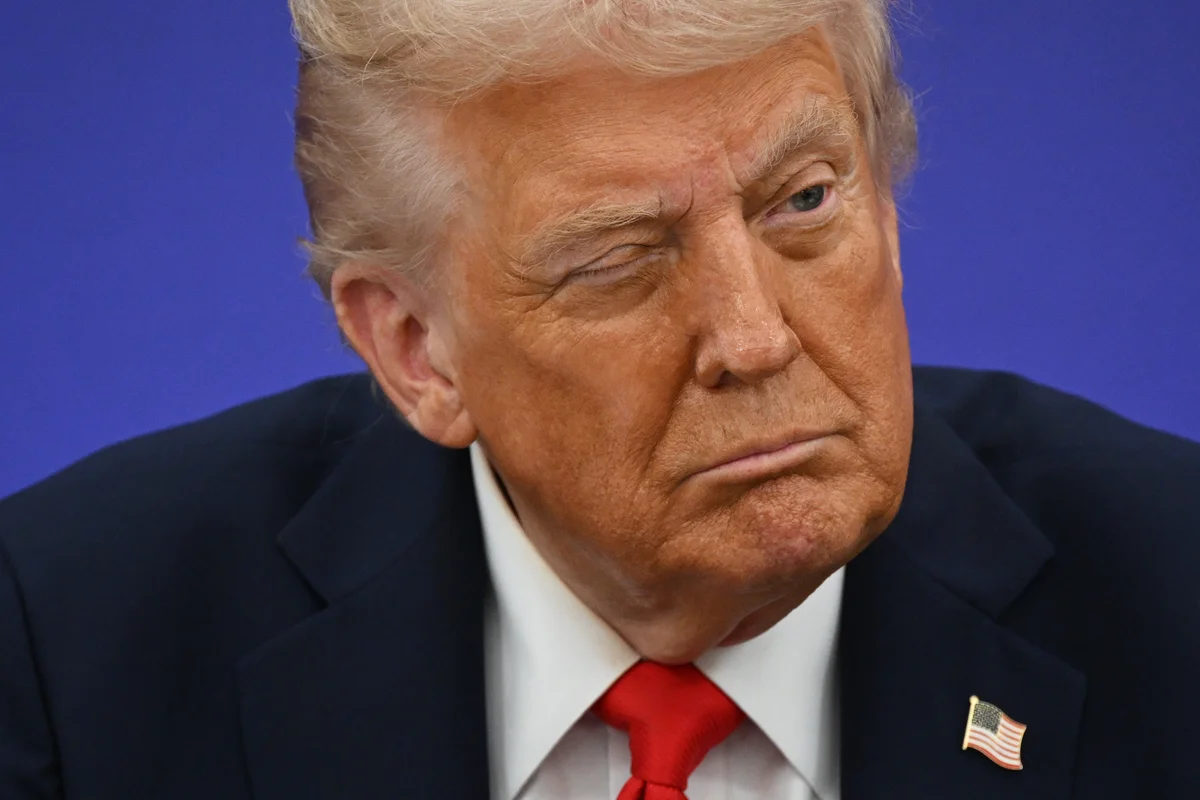
SYDNEY, Australia – A Chinese company plans to establish a constellation of 144 space situational awareness (SSA) satellites in low-Earth orbit.
Two experimental satellites will be launched in April, followed by 12 more SSA satellites by the end of 2026, Dan Luo, executive vice president for Geovis Insighter Technology Co. Ltd., told SpaceNews at the International Astronautical Congress here.
The first satellites will be sent to an altitude of 1,200 kilometers to observe space objects orbiting from about 300 to 2,000 kilometers. Additional SSA satellites will be deployed in very low Earth orbit (VLEO). Operating satellites in VLEO will “cost a lot of fuel, but we are going to observe objects in much lower orbits,” Luo said.
Geovis Insighter Technology Co., founded in 2006, was listed on the Shanghai Stock Exchange in 2024. Prior to designing the new constellation, the company developed SSA software for the Chinese government, Luo said.
With the new constellation, Geovis Insighter Technology Co. will provide data to serve commercial companies, Luo said.
Luo discussed the new constellation after an IAC session called, “Policy, Legal, Institutional, Economic and Security Aspects of Debris Mitigation, Debris Remediation and Space Traffic Management.”
Transparency and Information Sharing
During the session, Yuqi Shen, Beijing Institute of Technology PhD candidate and Leiden University visiting researcher, said China is taking a comprehensive approach to space traffic coordination (STC), which relies on communication among satellite operators rather than new international treaties.
“We need to increase transparency and information sharing, and we need to improve international interoperability” of space traffic coordination systems, Shen said. “Ultimately, it depends on trust and how national systems communicate with each other.”
China plans to establish a national space traffic management system that will contribute data to international space traffic coordination systems. In addition, China has expertise in debris removal as demonstrated by the Shijian-21 satellite towing the defunct Beidou-2 G2 navigation satellite into a graveyard orbit, Shen said.
China’s legal framework for space traffic coordination focuses on: mission authorization, space-object registration, space-debris mitigation and radio-frequency management. Still, gaps remain in China’s STC regime including defining essential information for operators to share.
Another challenge is assessing the intent of space operations “because the same maneuver can have both civil and military explanations,” Shen said. “We need to clarify rules for space traffic data distribution and also for codes of conduct.”



